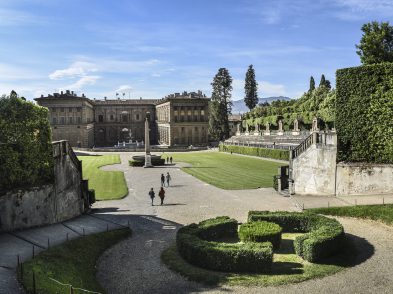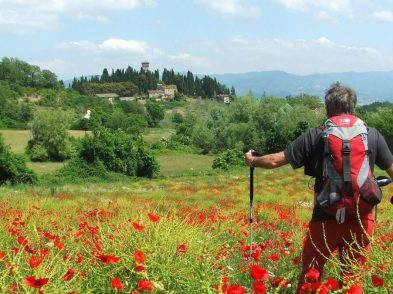I got lost on my last trip to Venice. It makes no difference that it was my twentieth trip to La Serenissima in half as many years, or that I can, on a very good day, navigate its infinite bridges and narrow calli without a second thought. During my last trip, getting lost on my way to meet a friend proved that past luck and prior experience are no match for Venice’s maze of seemingly identical canals and corridors. Dangerously late for lunch and frustrated with my unfortunate sense of direction, I called my friend Giovanni to get directions to the restaurant again.
But Alessandra, he replied laughing, How could you get lost? You know Venice so well!?
A few minutes and a few more missed turns later, I started thinking about how well I really knew Venice. Not how well I knew my way around Venice; but how well I knew the heart of Venice, the way one knows their best friend or their big sister.
I know you, I thought indignantly, staring down at the water. I knew the golden ceilings of San Marco and the sweeping intrigue of Palazzo Ducale; I knew La Salute and the Festa del Redentore and its pontoon bridge; I was on exceedingly familiar terms with the Accademia’s artistic treasures and with Bellini’s perfect triptych tucked into the side chapel of I Frari; I even knew the square where Marco Polo probably, maybe, possibly lived!
Come a little closer, the city replied patiently, there is more of me that I need to share.
Campo San Bold
Nestled between Rio Boldo and Palazzo Grimaldi, this picturesque square unexpectedly opens out into the facing canal, conceding a rare and welcome open space in the otherwise tightly woven city. The only remnant of the Chiesa di Sant Uboldo (San Boldo in popular dialect) is the 14th century campanile, which was turned into a residence after the church was demolished in the early 1800s. The campo is well off the beaten track since it no longer directly connects San Polo to the surrounding areas. Find it and you will be rewarded with a fascinating tranquility that implores you to slow down, relax and let your thoughts go.
Ca’Dario
Following the elegant curve of the Ponte San Cristoforo, look carefully for a second flight of stairs that will lead you over a tiny rio to the Ca’Dario. Built in 1487 for the Venetian Ambassador to Constantinople, Giovanni Dario, this palazzo is testament to Venice’s dark side. Believed to bestow bad luck on all who live there, Ca’Dario’s sinister history began with the mysterious death of Giovanni’s daughter and the subsequent ruin of his family name. Successive inhabitants have fallen prey to horrible misfortunes including assassination, untimely accidents and financial ruin. Ca’Dario’s last owner, Raul Giardini, shot himself after being indicted during Italy’s anti-corruption campaign, ‘Mani Pulite’, in the early 1990s. Its storied past makes gazing on Ca’Dario’s unusual fade an exercise in courage: do you dare look up into one of its leaded windows and risk seeing one of its many former inhabitants staring back at you?
Corte Bottera
Even Venetians often miss the tiny sottoportico off the Rio del Pestrin that leads down into the charming Corte Bottera. Architectural styles converge in this small, almost primitive courtyard; note the late-Gothic well-head and beautiful 13th-century arch intricately carved with flowers and tiny animals. Gothic columns support the sottoportico and a 14th-century stone staircase leads up to the piano nobile, where the courtyard’s residents live. A quick glimpse beyond the red geraniums and green shutters into the cozy kitchen reminds you that Venice is not a museum; instead it is a dynamic, living city whose inhabitants bear collective witness to its continuous rebirth and constant renewal. In a city often referred to as anachronistic and best known for the monumental quality of its buildings, the Corte Bottera is an example of how the simplest architectural manifestations can demonstrate the unique symbiosis between Venice’s majestic past and enchanted present.
A bit of advice to those who choose to go beyond the facade: be gentle, let Venice introduce herself to you slowly; listen carefully when she speaks, for you will find she reveals her most beloved secrets in barely more than a whisper.








